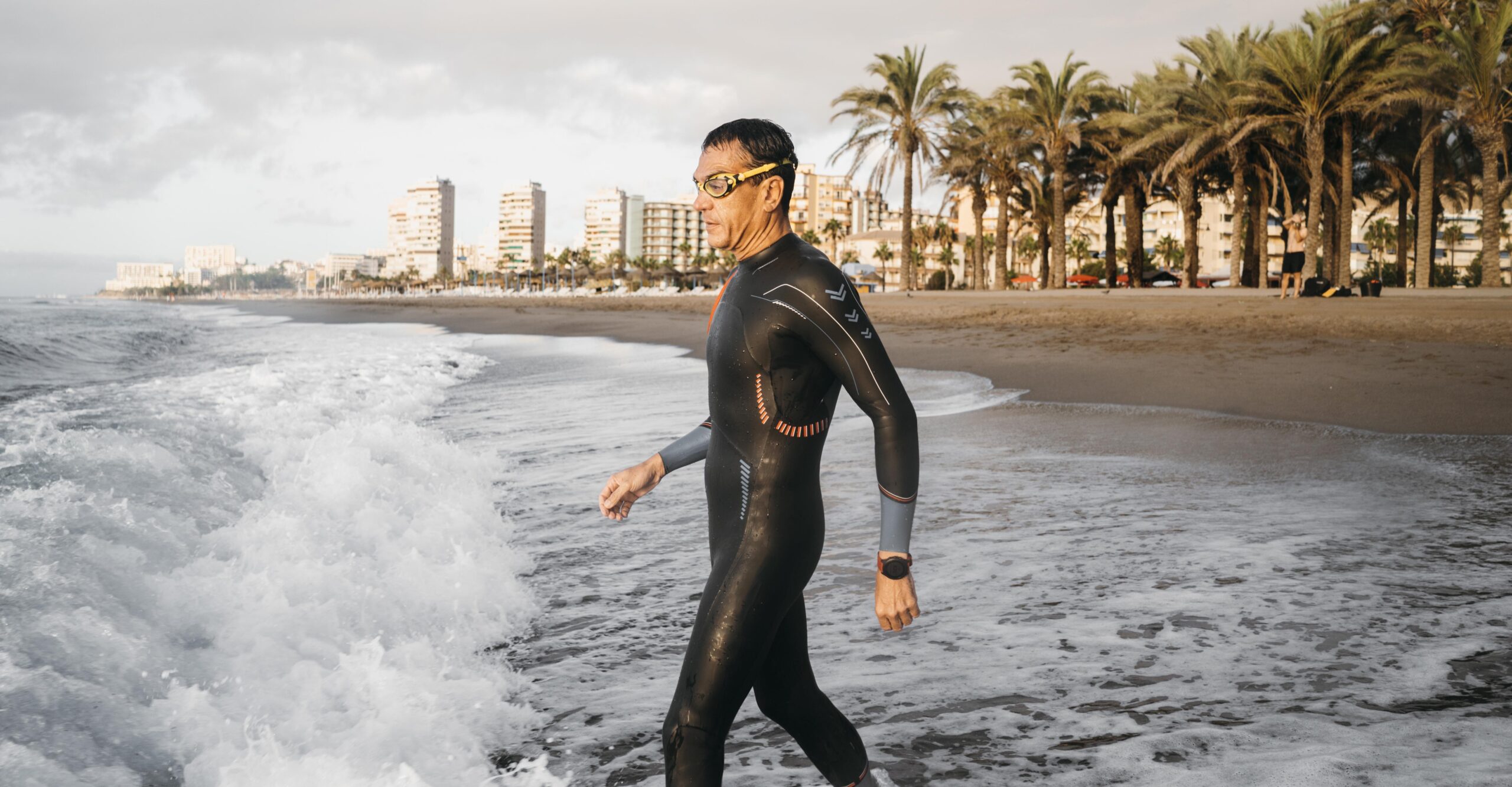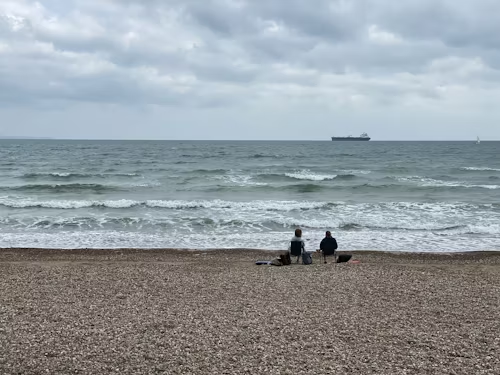
Competitive swimming is a thrilling sport that requires dedication, skill, and understanding of the standards that govern race times. For swimmers in the Pacific region, understanding the Pacific Swim Time Standards is crucial for advancing in competitions and achieving personal milestones. In this comprehensive guide, we’ll dive deep into everything you need to know about Pacific Swim Time Qualifications, Requirements, Cuts, and much more.
What Are Pacific Swim Time Standards?
Pacific Swim Time Standards are a set of benchmarks that swimmers in the Pacific region must meet in order to qualify for various swimming competitions. These standards are typically set by organizations like Pacific Swimming, a USA Swimming Local Swim Committee (LSC), which governs competitive swimming across the Pacific region, encompassing parts of California, Nevada, and other areas.
These time standards are essential because they provide a clear measurement of a swimmer’s ability, allowing coaches, athletes, and meet organizers to categorize swimmers appropriately. They are used in various competitions to ensure that swimmers race against others of similar abilities.
Why Are Pacific Swim Time Standards Important?
Time standards serve several key functions in competitive swimming:
- Qualification for Meets: They set the criteria for entering swim meets, ensuring only qualified swimmers compete at certain levels.
- Motivation: Swimmers strive to meet these standards as a goal, pushing them to improve their performance.
- Fair Competition: By grouping swimmers based on similar performance levels, time standards help create fair and exciting races.
Pacific Swim Time Qualifications: How Do You Qualify?
To qualify for a swim meet or championship in the Pacific region, a swimmer must achieve specific time benchmarks. These benchmarks are categorized into different levels, often referred to as “cuts”. Each cut represents a qualifying time for a specific event or level of competition. Understanding how to qualify and the time standards required is essential for any competitive swimmer.
Understanding Pacific Swim Time Cuts
Swim time cuts are essentially the qualifying times that swimmers must meet to enter a competition. They are divided into multiple tiers:
- A-Cuts: The most competitive time standards, generally qualifying swimmers for high-level competitions.
- BB, B, and C Cuts: These are lower-tier cuts that may still qualify swimmers for regional or local events.
Each cut represents a specific time a swimmer must achieve in their respective event, like the 100m freestyle or 200m backstroke, to enter various competitions, ranging from local meets to elite events like Junior Nationals or even Olympic Trials.
Pacific Swim Time Requirements: What Are the Benchmarks?
The exact requirements for Pacific Swim Time Standards will depend on the event and the swimmer’s age group. Swimmers will be expected to meet or exceed specific time benchmarks, which are often updated regularly by Pacific Swimming or USA Swimming.
For example:
- Junior Olympic Time Standards: These are among the most prestigious standards in the Pacific region. Swimmers who meet these times can compete at the Junior Olympics, a major swimming competition that serves as a springboard for national recognition.
- Age Group Championships: Pacific Swim Time Requirements for age group championships may be less stringent but still demand impressive times.
The time benchmarks vary by event, age group, and year. For the most accurate and up-to-date time standards, swimmers should regularly check the official Pacific Swimming website and USA Swimming publications.
How to Qualify for Pacific Swim Time Standards
Achieving a Pacific Swim Time Qualification requires more than just practice. It involves:
- Focused Training: Swimmers need structured training programs that include technique work, endurance, strength training, and speed drills.
- Consistent Performance: Time standards are set based on a swimmer’s performance over time. Achieving a qualifying time is often a process of steadily improving your swimming efficiency and race tactics.
- Competition Experience: Swimmers must regularly compete in sanctioned meets to improve their chances of qualifying for higher-level events.
A key strategy for success is to consistently assess performance and adapt training to address weak points. Competitive swimmers often work closely with coaches to analyze race data, such as lap splits and stroke rates, to identify areas for improvement.
Pacific Swim Time Standards for Competitions
Understanding the differences between Pacific Swim Time Standards for Competitions is vital for setting the right goals. These time standards allow swimmers to know what is required for different levels of competition.
Local Meets and Events
Local swim meets typically have less stringent requirements. For example, swimmers may be required to achieve certain time benchmarks to qualify for the meet. These events provide valuable experience and help swimmers refine their skills in a competitive setting.
Regional Championships
Regional championships, like those hosted by Pacific Swimming, may require swimmers to meet more demanding time standards. These competitions are often a stepping stone to state or national competitions.
National and Elite Competitions
Swimmers aiming for national or elite competitions such as the USA Swimming National Championships or Olympic Trials will need to meet the highest time standards. These events usually have the A-Cuts, which represent the best in the country.
Swimming Time Standards for Pacific Region: A Closer Look
The Pacific region, due to its size and competitive nature, has diverse Swimming Time Standards across various age groups and events. These standards are frequently updated to reflect the level of competition and advancements in swim training techniques.
Some common events include:
- Freestyle Events: 50m, 100m, 200m, 400m, 800m, and 1500m.
- Backstroke Events: 100m, 200m.
- Breaststroke Events: 100m, 200m.
- Butterfly Events: 100m, 200m.
- Individual Medley Events: 100m, 200m, 400m.
The time standards for these events are set by age group (typically 8 & under, 9-10, 11-12, 13-14, 15-16, and 17 & over), so swimmers must focus on events that align with their age category.
Pacific Swim Time Achievements and Ranking
Once swimmers achieve Pacific Swim Time Standards, they can be ranked according to their performance. These rankings help swimmers understand where they stand in the Pacific region and nationwide.
- Top Performers: Swimmers who consistently achieve or surpass the top time standards may be recognized as elite athletes.
- Regional Recognition: Swimmers who meet the standards may be ranked in their region, gaining visibility and opportunities for college recruitment and sponsorship.
FAQs on Pacific Swim Time Standards
What Are the Pacific Swim Time Limits for 2025?
The specific time limits for 2025 will be updated by Pacific Swimming or USA Swimming. These updates are essential for swimmers aiming to qualify for next year’s competitions. Always refer to official documents from these organizations for the most accurate standards.
How Can I Track My Swim Time Progress?
To track progress, swimmers should record their times at meets, work with their coach to analyze performance, and compare their results to the current Pacific Swimming Time Standards. Many training apps and websites also allow swimmers to track their progress.
Do Time Standards Vary for Different Age Groups?
Yes, time standards are age-group dependent. Younger swimmers typically have less demanding standards compared to older swimmers, reflecting their developing skill level.
Conclusion: Achieving Success with Pacific Swim Time Standards
Understanding Pacific Swim Time Standards is essential for any competitive swimmer in the Pacific region. Whether you are aiming for a local meet or striving to qualify for national events, knowing the time qualifications, cuts, and requirements will help you set realistic goals and track your progress. By following a structured training plan, consistently measuring performance, and striving to meet qualifying standards, swimmers can achieve their competitive aspirations.
If you’re ready to push your limits and reach new swimming heights, start by setting a target based on the Pacific Swim Time Requirements and work with your coach to achieve those goals.
Call to Action
Are you striving to meet the Pacific Swim Time Standards or have you already achieved them? Share your experiences in the comments below! We’d love to hear about your training strategies, goals, and achievements. Don’t forget to share this guide with fellow swimmers who may benefit from these insights!


